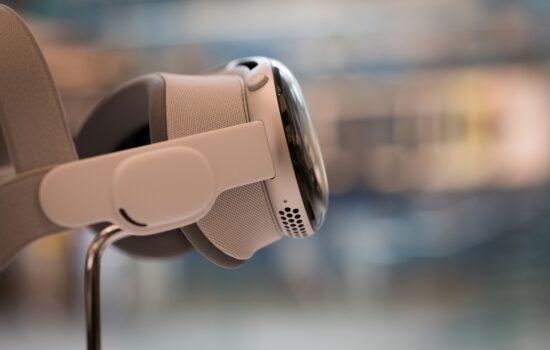As we celebrate 40 years of Macintosh, let’s take a trip down memory lane on how the Mac evolved over the past two scores and how it revolutionized personal computing.
The original concept of the Mac started a year before its official introduction. Back then, users would need to memorize command lines to work with computers, and the only input for the user was the keyboard. It was a few years after Apple was founded, and its hit product was the Apple II, which saw huge success in the education market. However, Apple needed to come up with another innovative product before competitors like IMB would catch up to that product.
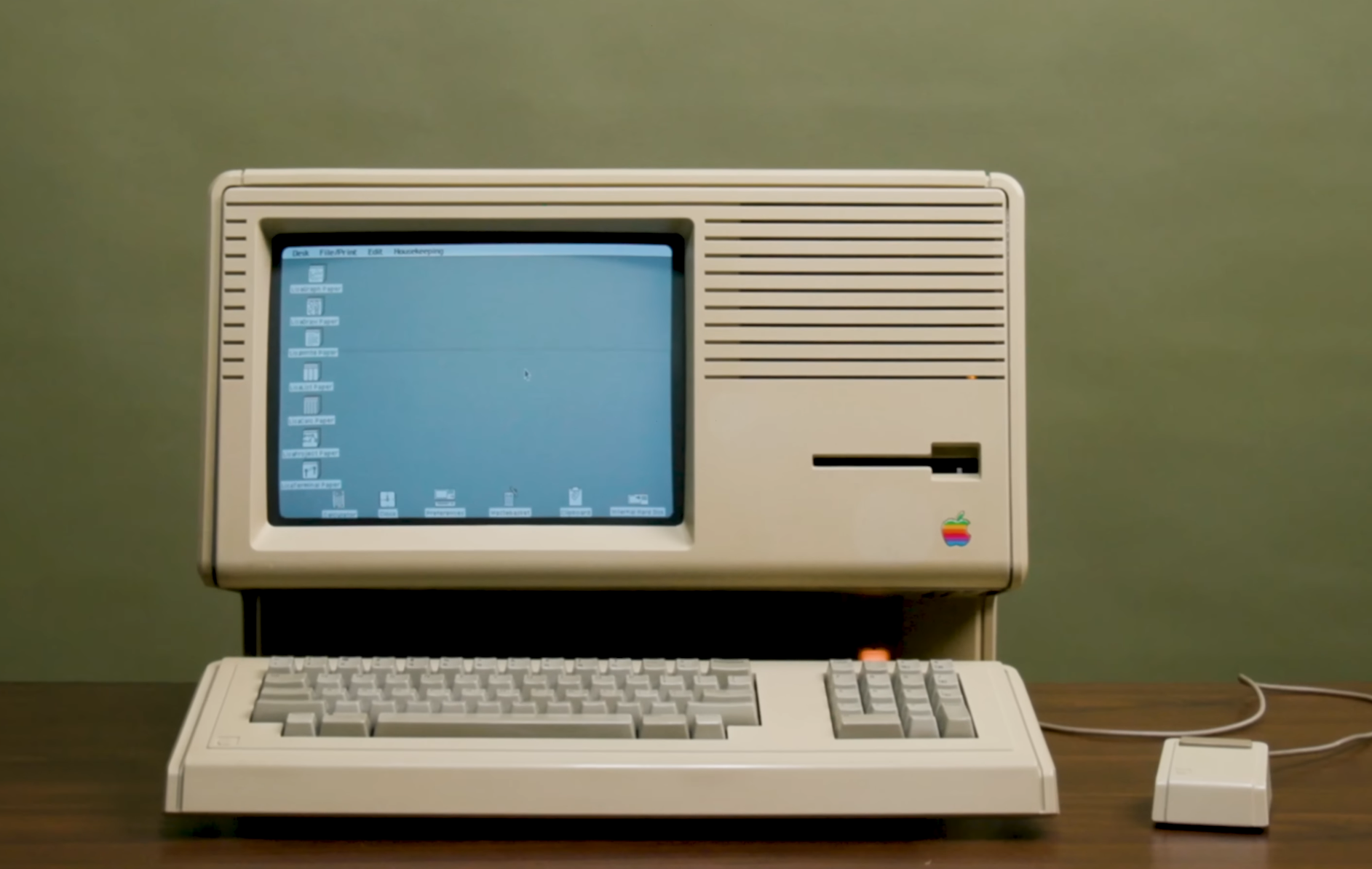
Credit: Verge
On January 19, 1983, Apple introduced the Lisa. The Lisa stood for Local Integrated Software Architecture, and it was also named after Steve Jobs’ daughter Lisa. What made the Lisa innovative was that it pioneered the graphical user interface (GUI), which features a more intuitive interface for users to easily interact with the computer with windows, desktops, and icons. What made navigating the GUI possible was the mouse, which is a pointing device that lets users move the cursor around to click various items. However, because the Lisa was priced exorbitantly high at $9,995 (about $31,348.94 in today’s money), it became a difficult sell for users who were looking for a PC. The Lisa was a total flop as a result, but it didn’t stop Jobs from developing another product.
Enter the original Macintosh we all know today. It took the same GUI that was found in the Lisa and featured an even more compact design with a 9-inch monochrome CRT screen, a Motorola 68000 processor, and 128KB of RAM. On January 22, 1984, one of the most famous commercials entitled “1984” was shown on television during Super Bowl XVIII. Then, Steve Jobs introduced the original Macintosh at the Flint Center for the Performing Arts in Cupertino, California, which is now defunct. On January 24, the Macintosh was released, and it was a success as the company sold almost 250,000 of those machines by the end of the year.
The price of the original Macintosh was $2,495 ($7,510.61 in today’s money); however, there were some tensions between Steve Jobs and John Sculley in marketing the Macintosh. Jobs wanted the computer to be priced at $1,995, which would put this machine in a more competitive spot; however, Sculley wanted the price to be $2,495 to recoup all the losses when developing the product. As tensions grew on how should be in charge of Apple, Steve Jobs left the company to form his own company called NeXT.
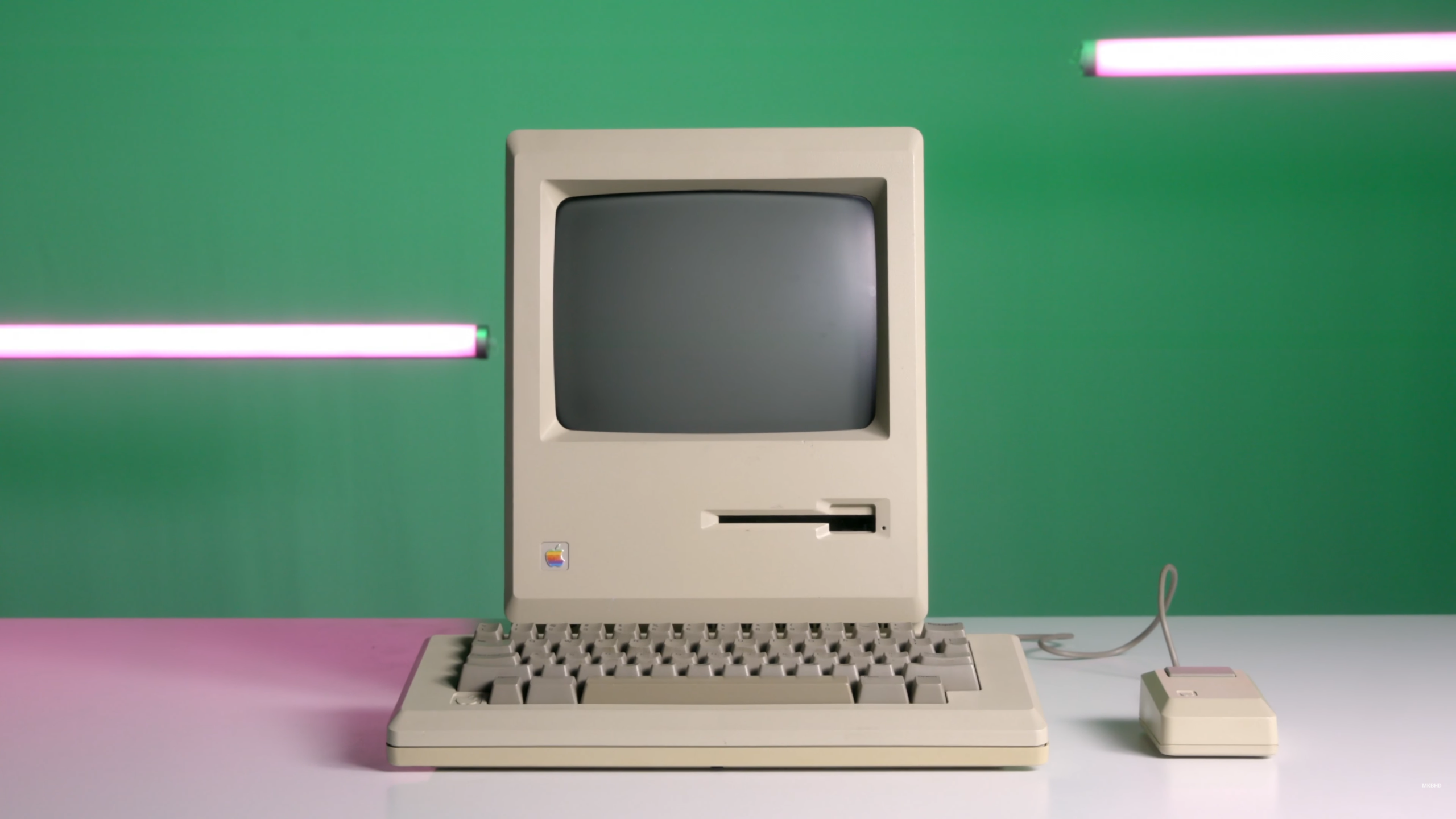
Credit: MKBHD
The Macintosh would live on as Apple would continue to develop more products despite the company’s struggles. On September 10, Apple added a new model that added more memory, and it was called the “Macintosh 512K”, and the original model was retroactively rebranded as the “Macintosh 128K.” On January 1, 1985, Apple revived the Lisa’s form factor but replaced the operating system with System Software, the original name for the Macintosh Operating System. The company released that computer as “Macintosh XL.”
Over the next few years, Apple released more products that carried the Compact Macintosh’s design. The Macintosh Plus, released on January 16, 1986, came with even more memory starting with 1MB RAM, expandable to up to 4MB. The Macintosh SE was introduced on March 2, 1987, and it was the first compact Macintosh to feature an internal drive bay and an expansion slot, hence the initialism “System Expansion.” The Macintosh II, also introduced on that day, started a new lineup of Macintoshes in the form of a rectangular box, meaning that it didn’t have a built-in display. The required external monitor would rest on top of the case.
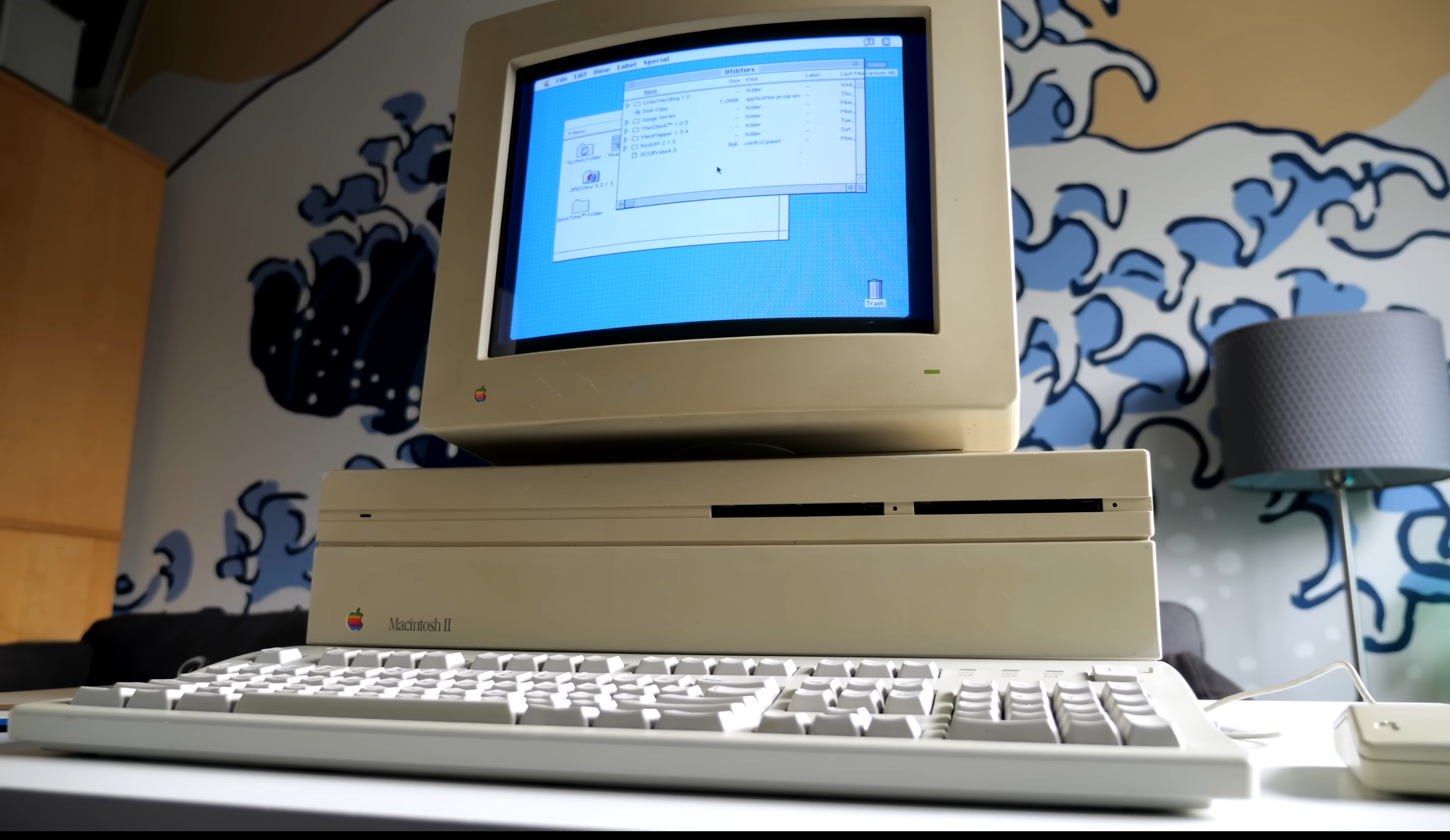
Credit: This Does Not Compute
1989 would mark an interesting year for Apple because the product Apple launched that year would be the company’s first attempt to make a portable computer and that was the Macintosh Portable, introduced on September 20. However, the Portable was unlike any laptop we use today, rather, it was the size of a briefcase, and it weighed 16 pounds. It wasn’t that cheap either as it initially sold for $7,300 ($17,913.97 in today’s money). Despite being another major flop from Apple, there was a lot to like about the Portable. For one, it came with a more advanced active-matrix LCD screen for crisper text and images. Second, it had both the keyboard and trackpad integrated into the system. The Portable’s concept would lay the foundation for the next computers Apple would make in the next decade.
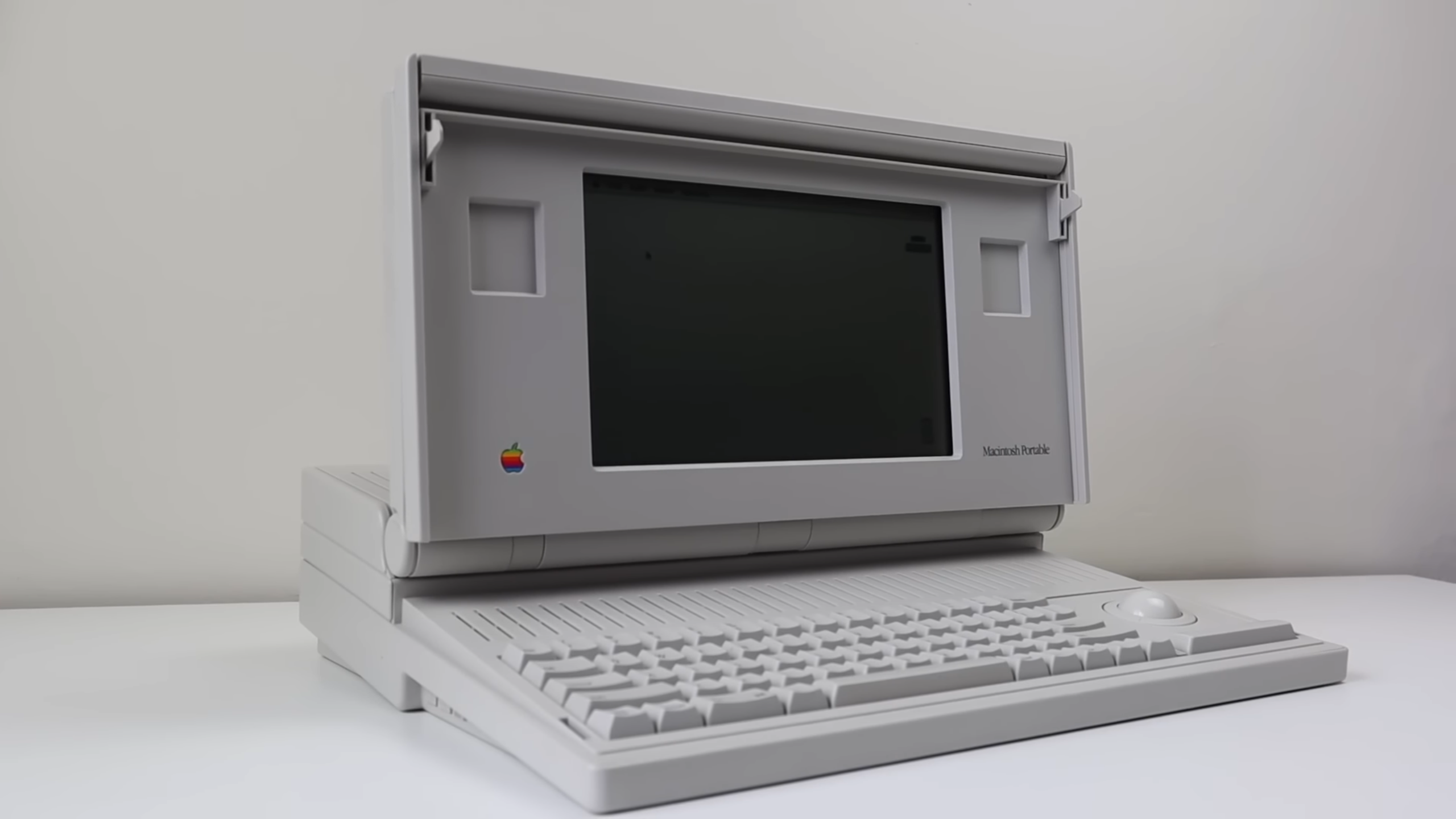
Credit: Hugh Jeffreys






